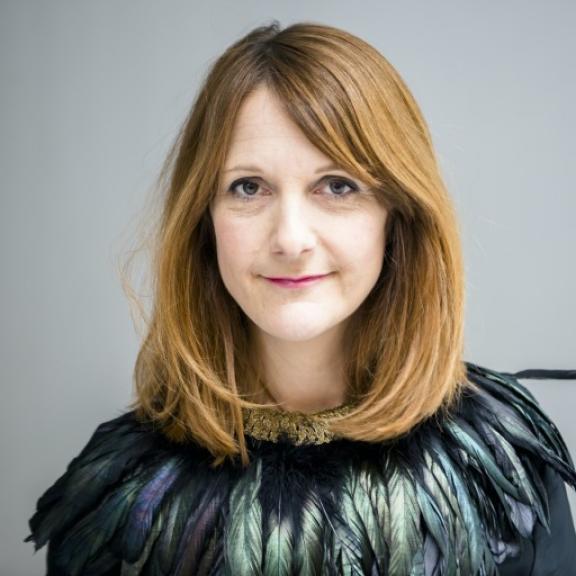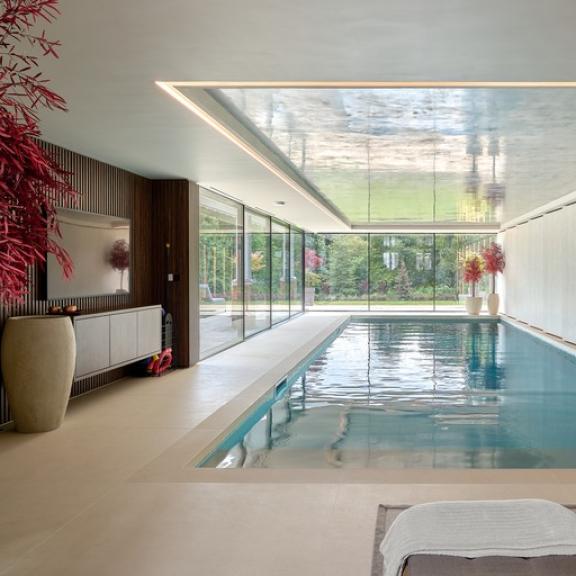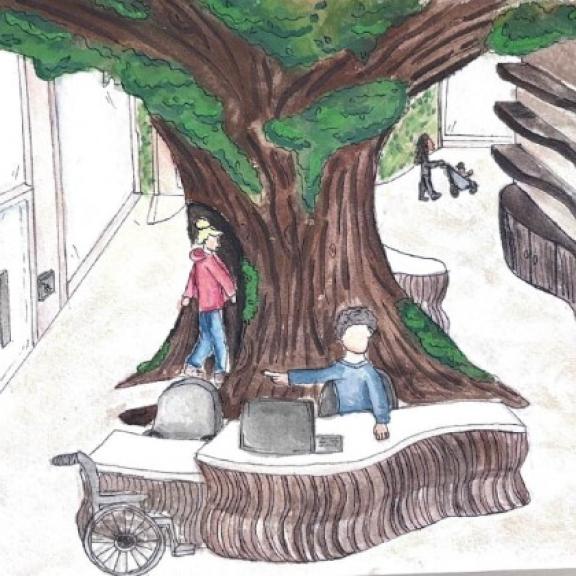What Makes The Perfect Architect With Henry Prideaux
Projects often require collaboration with an architect, so we asked Henry Prideaux to tell us about cultivating the ideal designer-architect relationship
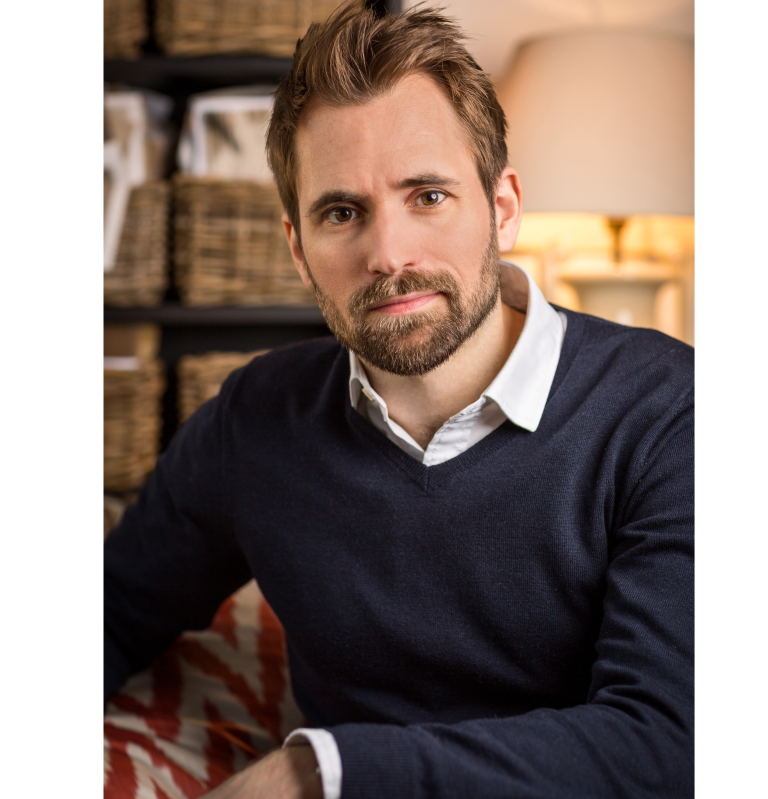
Our new series, Practice Made Perfect, explores aspects of the interior design process and how they can be made perfect. Each edition will feature a different BIID designer and their views on an ideal design process. This week, Henry Prideaux explores the ideal architect and designer relationship.
Founded in 2014, Henry Prideaux Interior Design is an award-winning independent practice offering professional design services for private residential and boutique commercial clients. Henry is known for creating elegant and authentic spaces that blend different design styles, preserving original features in traditional schemes or embracing a more characterful approach for contemporary spaces. He has recently been listed as one of the top 100 interior designers in House & Garden magazine and one of the 50 finest interior designers in Country & Town House magazine.
We asked Henry about his approach to collaborating with architects and, in his eyes, what makes for the perfect architect, and this is what he shared with us.
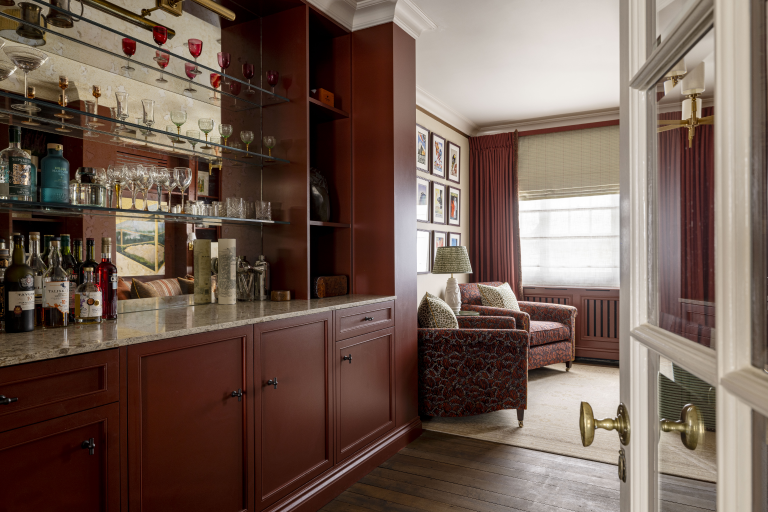
What aspects of an initial meeting would make you think you’ll have a good working relationship with an architect when working with them for the first time?
I think it’s crucial for a designer and architect to understand that both their roles are just as important for the project as each other. The more harmoniously they can work together, the likelihood is that the project will have a better outcome. They both have different roles but combined they can create a fantastic project. Listening to our ideas at the outset is a good start.
For the best working relationship, how should an architect approach the collaboration with you when you are both reviewing the client brief?
For all parties it needs to be understood who is taking on which roles because there’s always an overlap of potential ideas and possibly even services. It’s important for the client to understand what they are getting from each of their consultants and how to maximise their best potential, making sure the right people are filling the right roles. This means the architect doing their best work and allowing the designer to do their best work, so that together they can create the ultimate project for the client.
As a designer there are things that I’m good at, but architecturally there are people who can implement ideas better than I can. As a creative studio, we do have great architectural ideas and would always want those to be considered and, in return, we will always be open to an architect’s ideas about how to make the interior better.
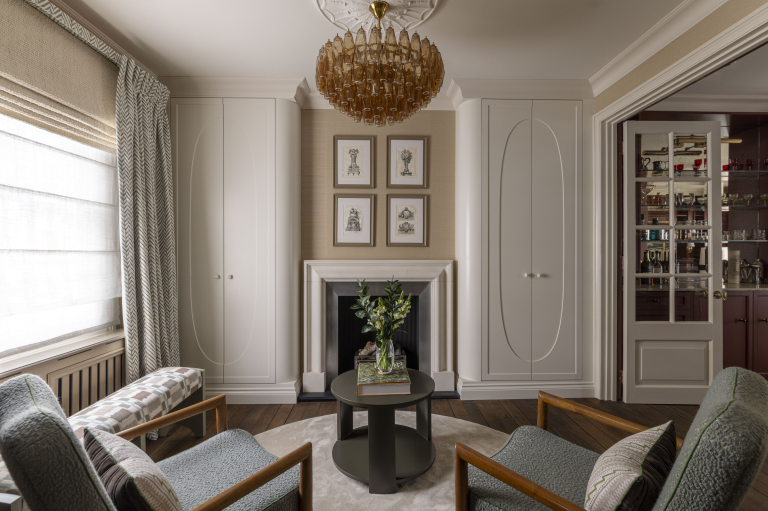
And what makes for the best relationship between you and the architect as the project continues?
Communication is key on any project. We don’t need to know everything that is happening all the time, but there are key decisions that we do want to be made aware of, not for wanting to change anything, but just to be kept abreast of progress and decision making. This is so that decisions in one location don’t affect any other decisions that have been made. Changes without people being made aware can throw out the programme and affect costs.
What works best: When there is strict division of responsibilities between you and the architect or if this is decided for each project?
Generally, the architect’s skills and the interior designer’s skills are different and there should definitely be a division of responsibilities, but these responsibilities should cover all the rooms so that the designer and the architect are collaborating throughout the project. You want to avoid a situation where the designer takes on some rooms and the architect takes on other rooms with no overlap between them as this can lead to things being missed either architecturally in the designer’s rooms or on the interior design side in the architect’s rooms. It might seem counterintuitive to a client to have two creative minds from different companies working across every room, as if it is doubling up on the work, but if there is a clear understanding of the architect’s role and designer’s role, where they overlap and where they don’t need to overlap, you should have a happy outcome.
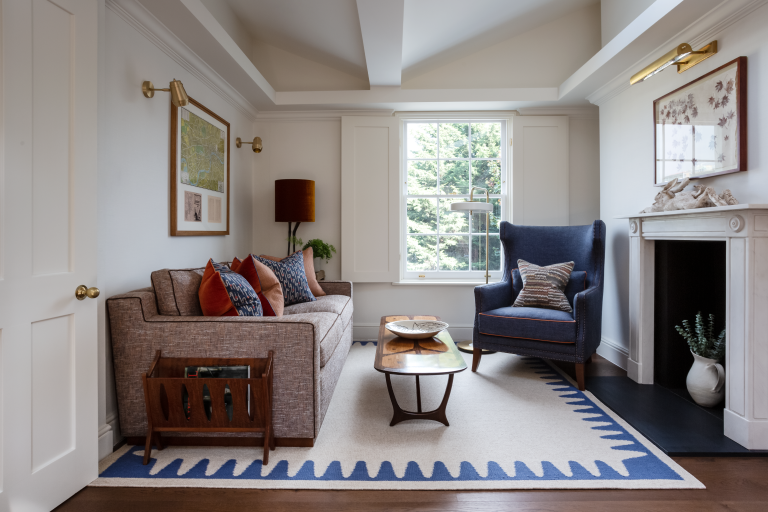
And for the best relationship, should either the architect or the designer take the lead and what are the criteria for deciding?
This is really a case-by-case basis. If the project is a new build or a comprehensive strip out and refurbishment, then it might be best for the architect to take the lead with the designer providing support. Again, this should be across all areas of the house. However, if it’s more of a decorative project, the designer could probably take the lead with architectural support as necessary. Quite often the interior designer will take the creative lead inside and the architect the creative lead outside, but really this depends how big the project is and how far the budget can stretch.
For a good working relationship, would you expect an architect to be open to your ideas on aspects of a project such as, for example, space planning, position of doors and windows, the overall materials palette, lighting and so on?
For me, it is essential that the architect takes on board the ideas that we might have for interior architecture or even exterior architecture. We have significant experience in all aspects of interior design and interior architecture so it would be beneficial to have more minds coming up with more ideas. The crucial thing with this is to make sure that the communication and sharing of ideas is done in the most sympathetic way possible to keep a harmonious overall design team. Sometimes you will find furniture layouts are not considered, so whilst you might have a beautifully designed house that on the surface looks fantastic, it can be compromised if furniture, window treatments, lighting etc cannot be placed in optimum positions or don’t fit because radiators are in the way or windows are too big, for example.
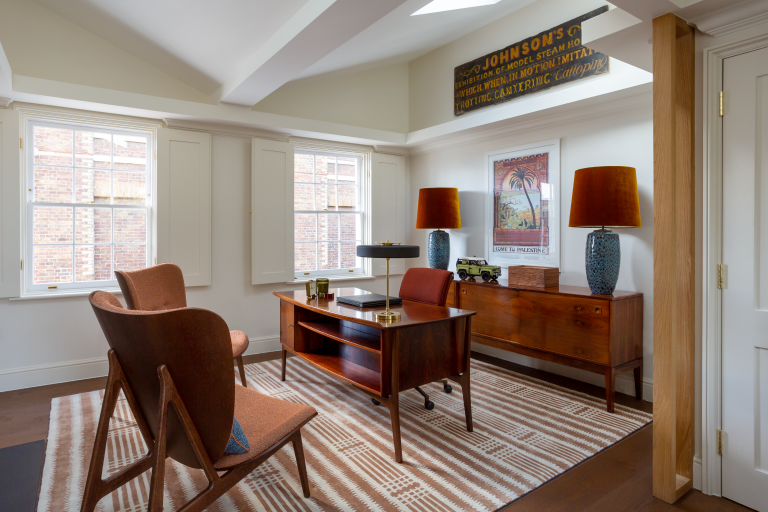
How, ideally, should an architect collaborate with you in selecting the other professionals and craftspeople needed for a project?
In areas where we don’t have the expertise, we’re very happy for the architect to put forward suppliers, craftspeople and subcontractors who have the skills that are needed to deliver an outstanding project. Likewise, we will always support the architect and other consultants on the wider design team with our supplier knowledge. Sometimes there can be an overlap where both architect and designer want to work with trades with whom they have had successful projects in the past. Again, this comes down to open communication and making sure everyone is happy with other professionals that have been chosen, as long as it’s right for the project.
Are there any other factors that make for the best relationship between you and the project architect?
I think one of the key things is understanding that an interior designer can add serious value to a project and we have a huge amount of knowledge outside of furniture, soft furnishings and the like. We also quite often have the ear of the client which is useful for all. Ultimately, our goal is to create an exceptional home and, over the course of a year or two years, to enjoy the process of working with the people involved in it.
Discover more of the Practice Made Perfect series:
Explore new resources from the BIID. Seeing a padlock? Just login or become a member to view.
View the highlights from our 60th anniversary party
We asked Anna Burles: What makes the perfect software?
Discover the smart home technology awards with Platinum Partner, CEDIA
Explore the latest, member-exclusive, templates designed to make your life easier.
University of Gloucestershire wins the BIID Student Design Challenge 2025.


